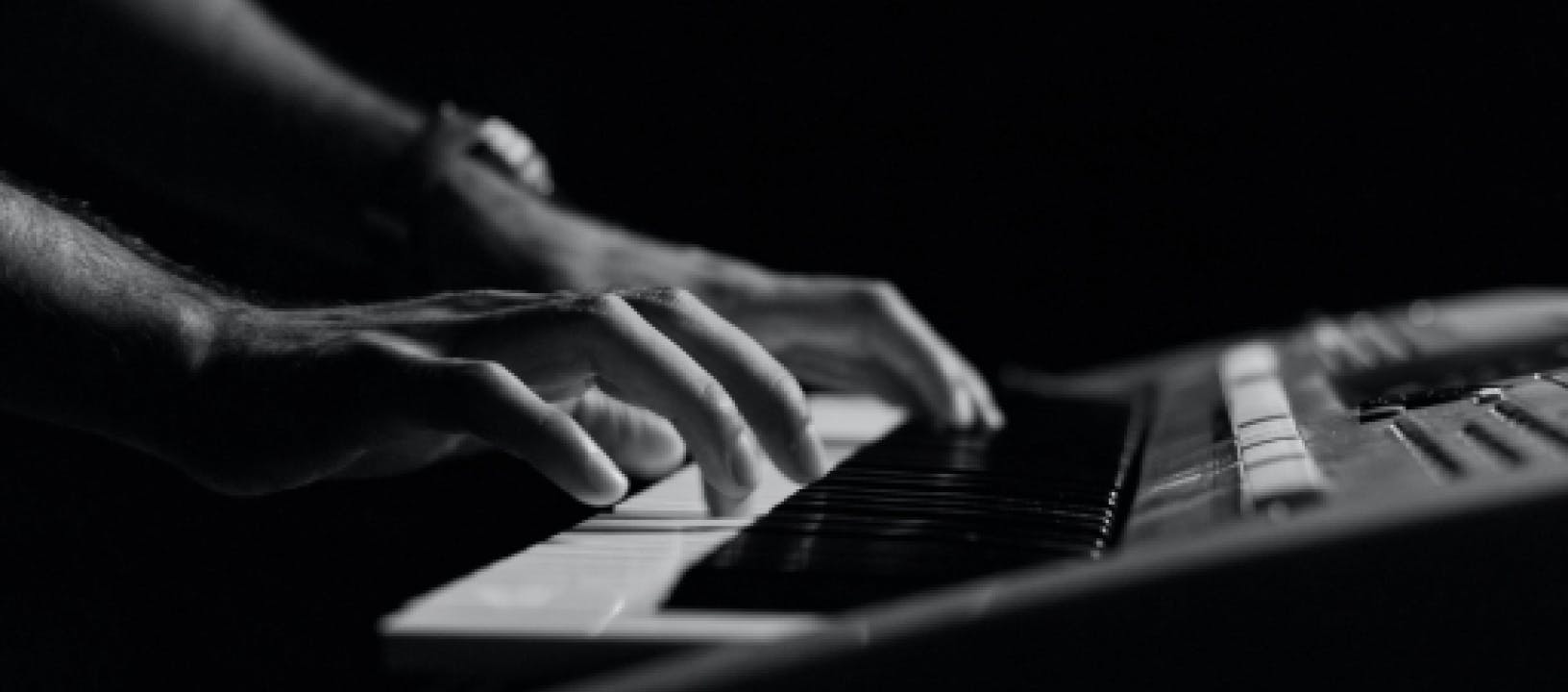Augmented and Diminished Chords
These types of tension-building chords are more common than you think. We explore how they work.
Last updated on 16 June 2023
You'll gain the most from this article if you have a basic knowledge of major and minor chords, and pop chord progressions. If you aren't familiar with these concepts, take a look at our guides to Major/Minor chords and Pop Chords.
Augmented and diminished chords are an excellent way to build tension within a chord progression. These types of chords are found in some of modern music's best-loved songs, from the Swedish superstar group ABBA's "Mamma Mia" to The Allman Brothers Band's "Stormy Monday."
Augmented Chords
How do you play augmented chords on piano?
The starting point for an augmented chord is a major triad. As always, it's made up of the root note, the major third, and the fifth. Here's a C-major triad:
Augmented means something which has been made larger. When you augment the fifth, you bring it up one semitone. Now that you have the root note, major third and augmented fifth, you have an augmented chord.
Augmented chords are written as Caug or C+. The "+" sign may make it easier to remember that for an augmented chord you raise the fifth.
What do augmented chords sound like?
The raised fifth of an augmented chord creates a dissonance with the root note. This produces a tense, unstable sound, so we naturally wait for the dissonance to resolve in the next chord. This makes augmented chords excellent as passing chords, building tension within a chord progression in jazz, rock, and pop music.
Diminished Chords
How do you play diminished chords on piano?
The starting point for a diminished chord is a minor triad. As always, it's made up of the root note, the minor third, and the fifth. Here's a C-minor triad:
Diminished means something which has been made smaller. When you diminish the fifth, you bring it down one semitone. Now that you have the root note, minor third, and diminished fifth, you have a diminished chord.
Diminished chords are written as Cdim.
What do diminished chords sound like?
The lowered fifth in a diminished chord creates a dissonance not unlike an augmented chord. But, because the basis is a minor chord, the effect is more eerie and ominous. Like augmented chords, they are often used as a bridge between two chords in jazz, rock, and pop music. They also appear in classical music, often as a rootless dominant seventh chord. For example, B diminished (B, D, F) instead of a G7 (G, B, D, F).
What songs use augmented/diminished chords?
Augmented and diminished chords are rarely used at the start of a song, but you'll find them elsewhere more often than you might think. Sometimes they're buried deep in a progression, and they're often sustained to extend the tension.
ABBA – Mamma Mia (Augmented)
The second chord in the introduction to this pop masterpiece is the same as the first chord, only augmented. It's held for a while, creating a tense feeling that makes the happy-go-lucky verse sound so much sweeter.
Queen – Bohemian Rhapsody (Augmented)
There's an Eaug chord at the beginning of this classic Queen song. It creates some tension that resolves into the tonic chord of Amaj. It would've been more typical to begin with an E dominant seventh chord, which would've resolved neatly into the A major. But the augmented chord has a different flavor.
Fats Waller – Ain't Misbehavin' (Diminished)
Diminished chords are a mainstay in jazz progressions, so you can hear it loud and clear as the second chord in this jazz standard. It's a great example of how the chord can infuse a simple melody with a complex, bluesy energy, making it sound a little darker.
Maroon 5 – This Love (Diminished)
It's rare to find diminished chords in pop, but this hit has a taste of jazz influence. The final chord of the verse progression is a diminished chord, as it switches to darker lyrics like "The chaos that controlled my mind."
Read next
Ninth Chords
Ninth chords are a surefire way of making piano music feel rich and a little magical. If you love dreamy sounds, they can be a valuable part of your playing repertoire. Here's what you need to know.
Seventh Chords
The next part of our series explains how 7th chords shape the mood and texture of piano music across almost all genres.
Chord Inversions
The first part of flowkey's guide to chords begins, as we untangle the theory behind inversions and explain concepts like the root note and root position.
Major and Minor Chords
Major and minor chords are the building blocks of Western music, and the starting point of harmony and chord progressions in almost all genres.
